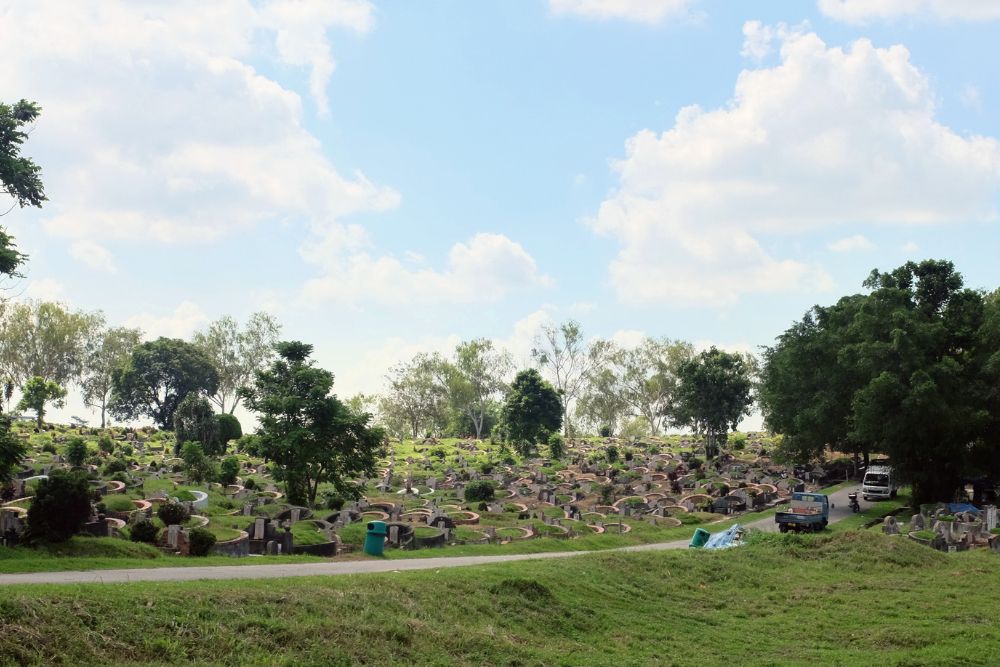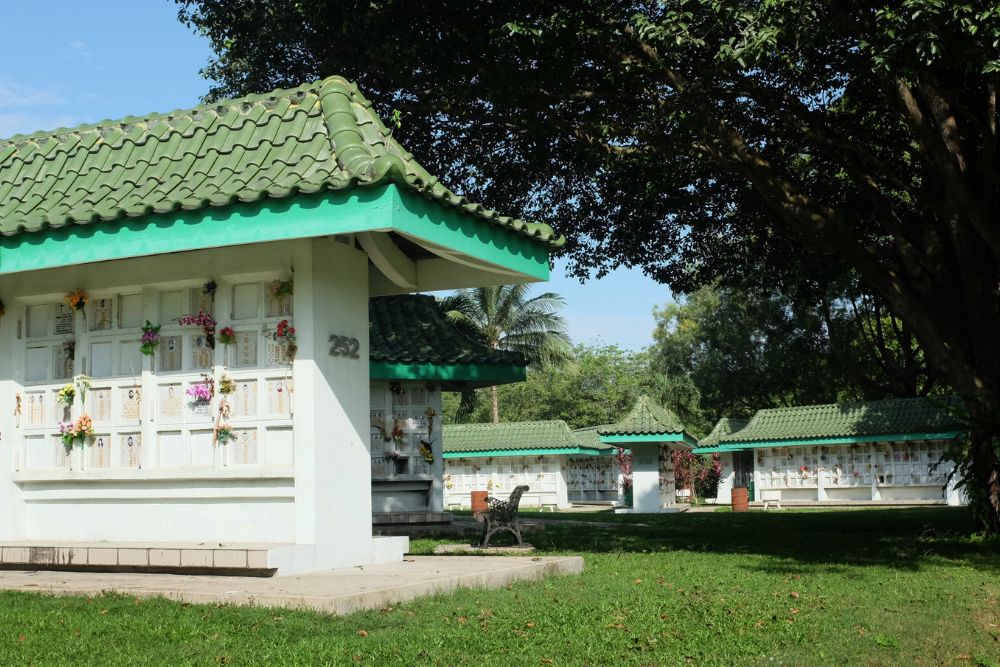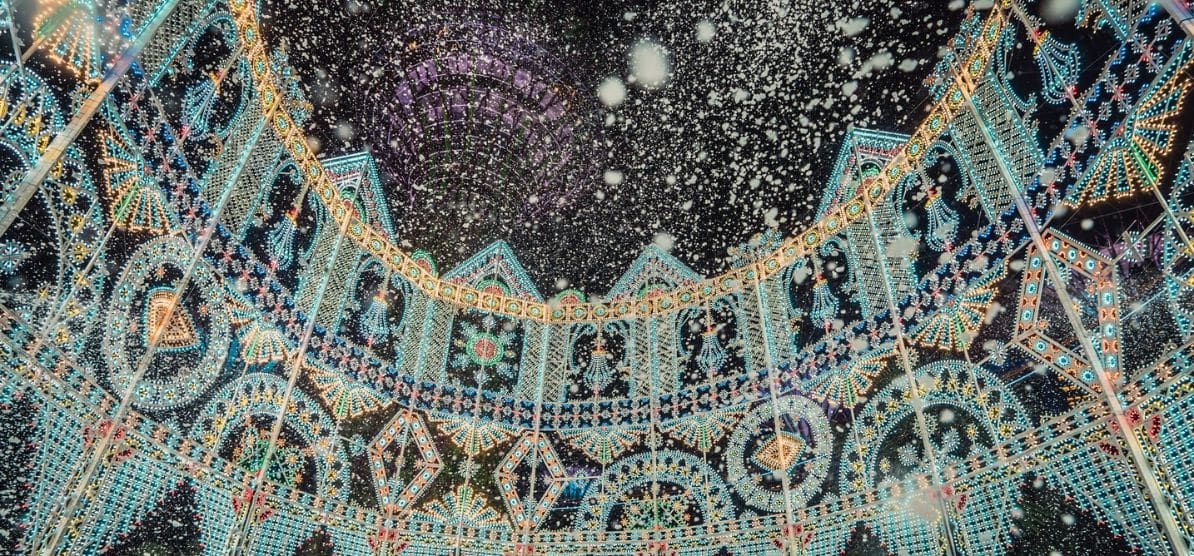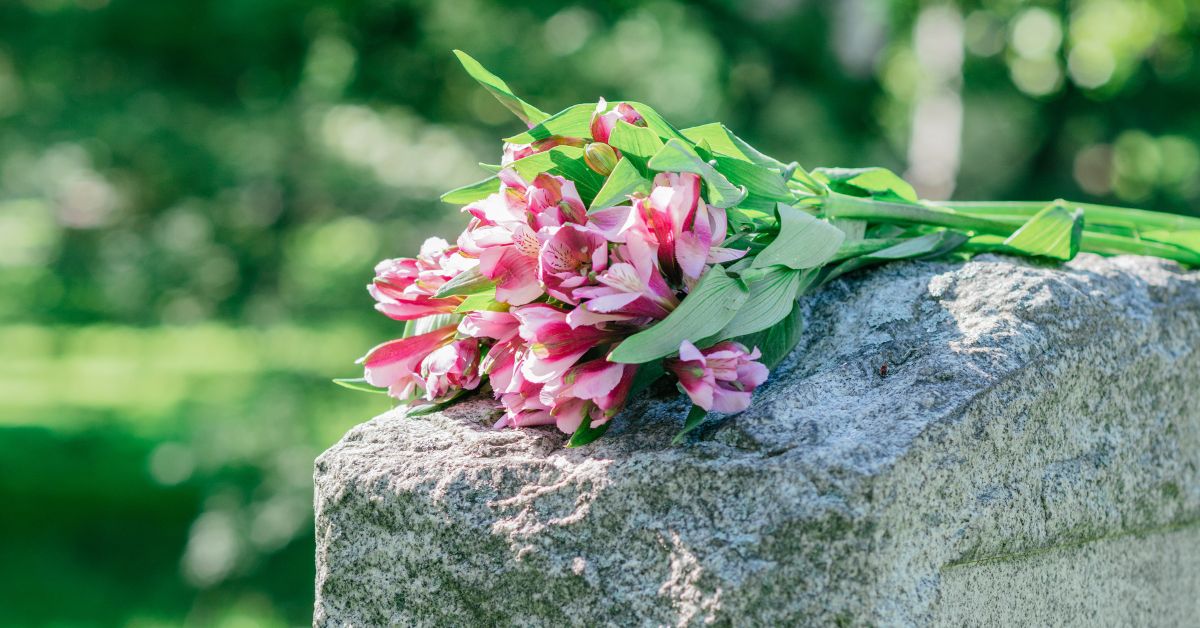
In land-scarce Singapore, the question of where we go after death is often a practical consideration rather than a spiritual one.
Burial grounds and cemeteries have largely given way to an uptick in those opting to be cremated and interned in columbaria or scattered over land or sea.
But with death still largely a topic confined for discussion behind closed doors (and in suitably hushed tones), there are a great many misconceptions and myths about the entire process that will have to be dealt with – preferably ahead of time.
This would minimise confusion and consternation after suffering a loss, helping you to focus on the grieving process.
Here are seven of the most common myths associated with choosing one’s final resting place.
Advertisement
1. Burial in Singapore is forever
Unfortunately, this has not been the case in Singapore for a long time.
Since 1998, burials have been limited to a period of 15 years, after which remains will either have to be reburied in smaller plots or cremated and stored in columbaria niches.
There is also only one burial ground – Choa Chu Kang Cemetery Complex – with no option to pre-book plots.
2. After cremation, what remains are ashes
While it is common to refer to cremated remains as ashes, this is simply not the case. Human ashes were created when bodies were burnt on funeral pyres in the past, but the modern cremation process is very different.
The cremation process uses flames to create extreme heat in a specially designed furnace, reaching temperatures in excess of 1000 degrees Celsius.
All organic matter is vaporised – not burnt – leaving only bone fragments that are then pulverised into the dense, powdery substance that gets returned to the family.
3. A traditional niche in a columbarium is 100% safe
Urns containing loved ones’ remains are often stored in niches behind immovable marble plaques at public and certain private columbaria.
However, as many of these spaces are always open to the public and tucked away in relatively remote locations with little surveillance, it is almost impossible to say that the urns are completely safe. There have even been cases of plaques broken open and urns stolen.
Those looking for a safer option can consider Goldhill Memorial Centre, Singapore’s first smart columbarium in Tampines.
Urns there are kept in a secure underground storage space and can only be brought out for visits via an Automated Storage and Retrieval System (ASRS) designed by Daifuku, a Japan-based pioneer in storage.
The urns remain safe until they are retrieved for viewing at a private suite with the use of a membership card.
4. Cremation is forbidden in most religions
While cremation was once strictly forbidden for religions like Islam, Judaism, Christianity, and Catholicism, stances have changed over the years.
Cremation is no longer taboo for Christians and Catholics, even though burials are still preferred. Meanwhile, cremations remain favoured by practitioners of Buddhism, Taoism and Hinduism.
5. All urns are the same
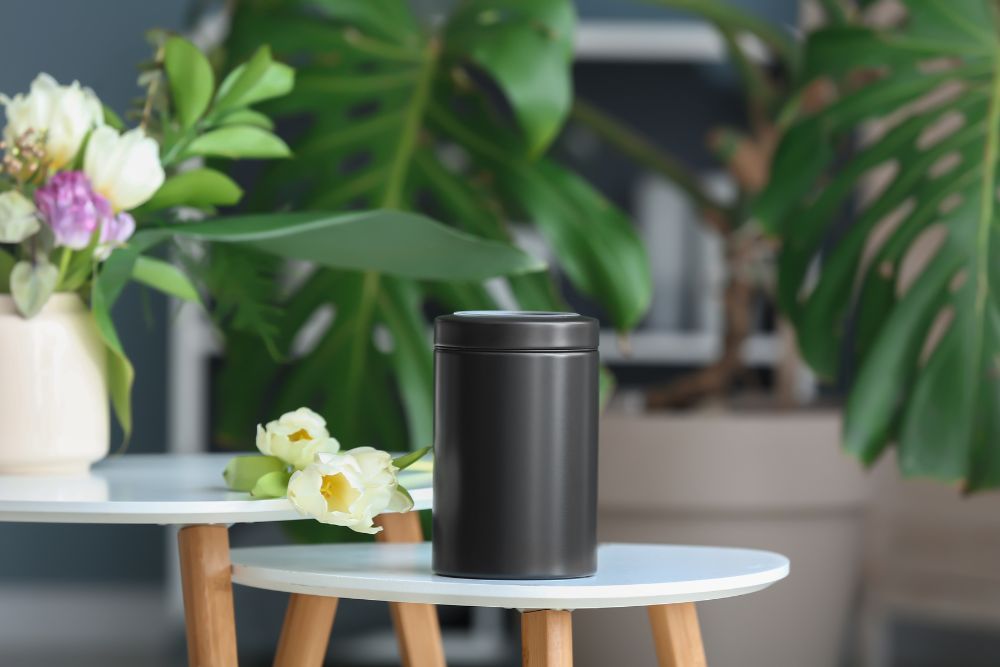
Like caskets, urns come in a variety of shapes, sizes, materials and styles.
They can be made of glass, metal, ceramic or cardboard (if you’re going for the biodegradable route – more on that later); ornate or simple; and engraved, or fitted with a memorial plaque, depending on the personality of your loved ones.
6. Moving an urn or transferring ashes, is not respectful
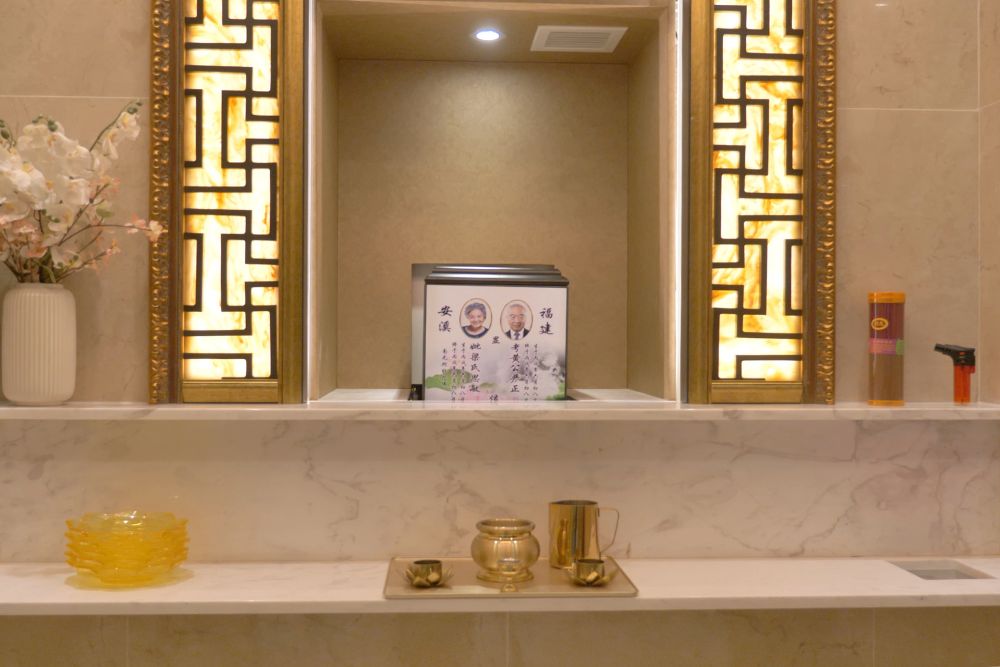
There is no one right way to handle a loved one’s ashes, as long as you act in accordance with their wishes and religious beliefs.
Generally, opening an urn out of necessity – rather than distasteful idle curiosity – is acceptable. Examples include transferring ashes into a new receptacle or dividing them into memorial keepsakes.
The same goes for moving or transporting urns. For example, you might have to transport cremated remains out to the ocean when performing a sea burial.
In the case of Goldhill Memorial Centre, urns are only moved when their loved ones pay them a visit, otherwise remaining serene and undisturbed in an underground niche facility.
7. You can only store ashes in a columbarium
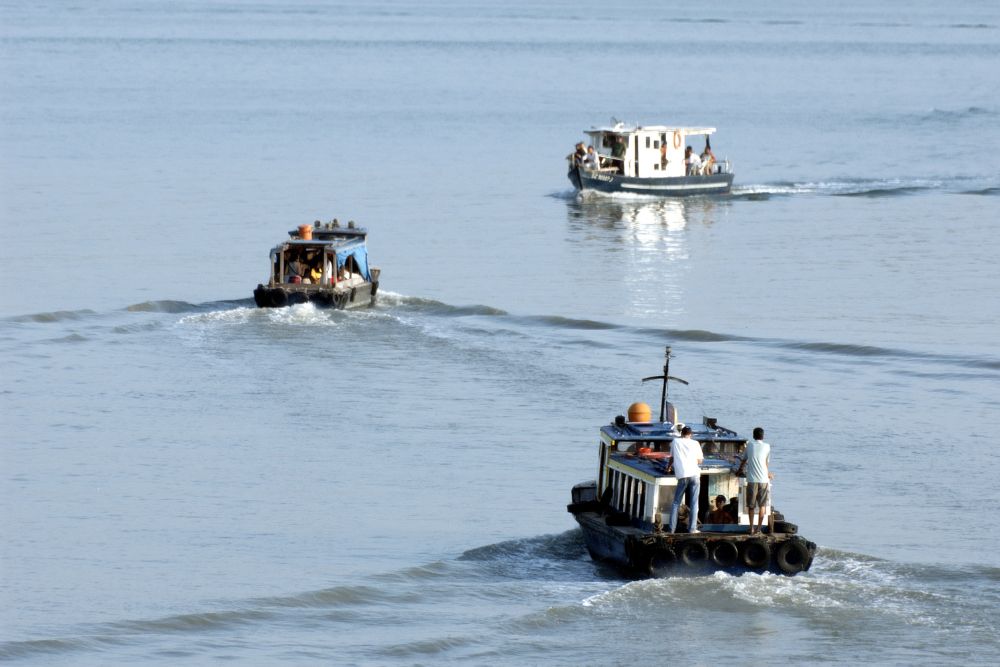
In Singapore, cremated remains are typically stored in public and private columbaria, though there are a number of other alternatives.
You can opt to have your ashes scattered inland at a designated garden in Choa Chu Kang Cemetery Complex, or out at sea – again, at a designated point only near Pulau Semakau.
You can even store them at home, if that is what your loved one desires.
This article is written in collaboration with Goldhill Memorial Centre.

